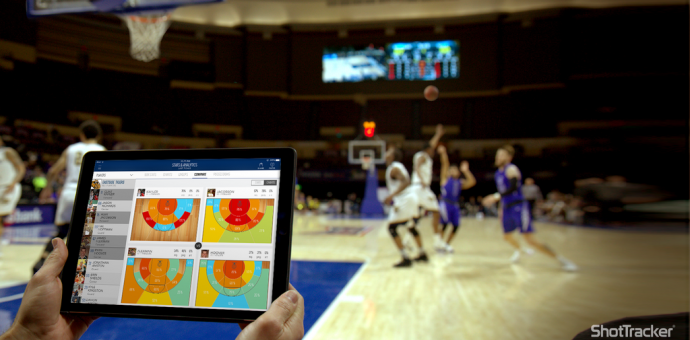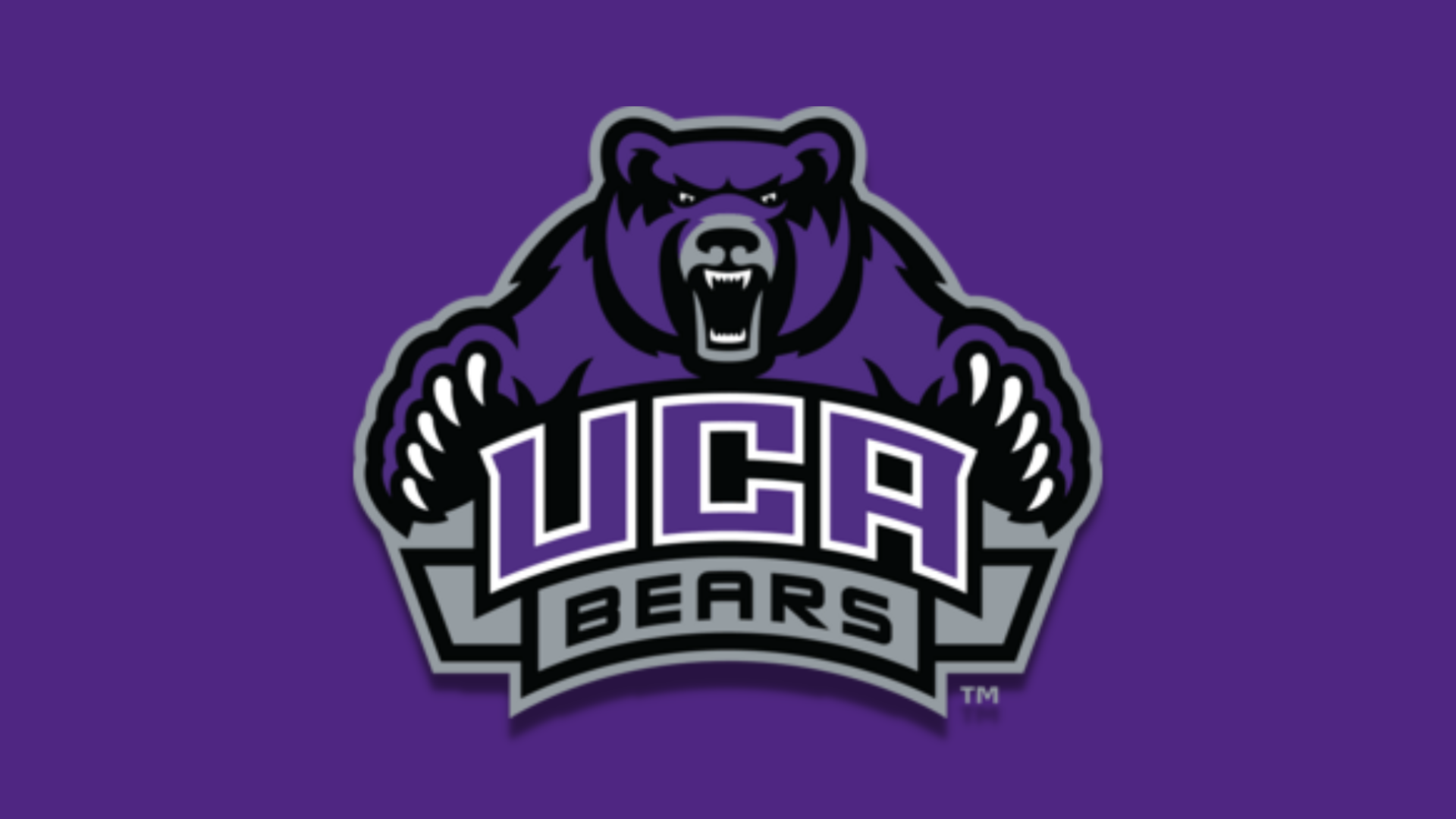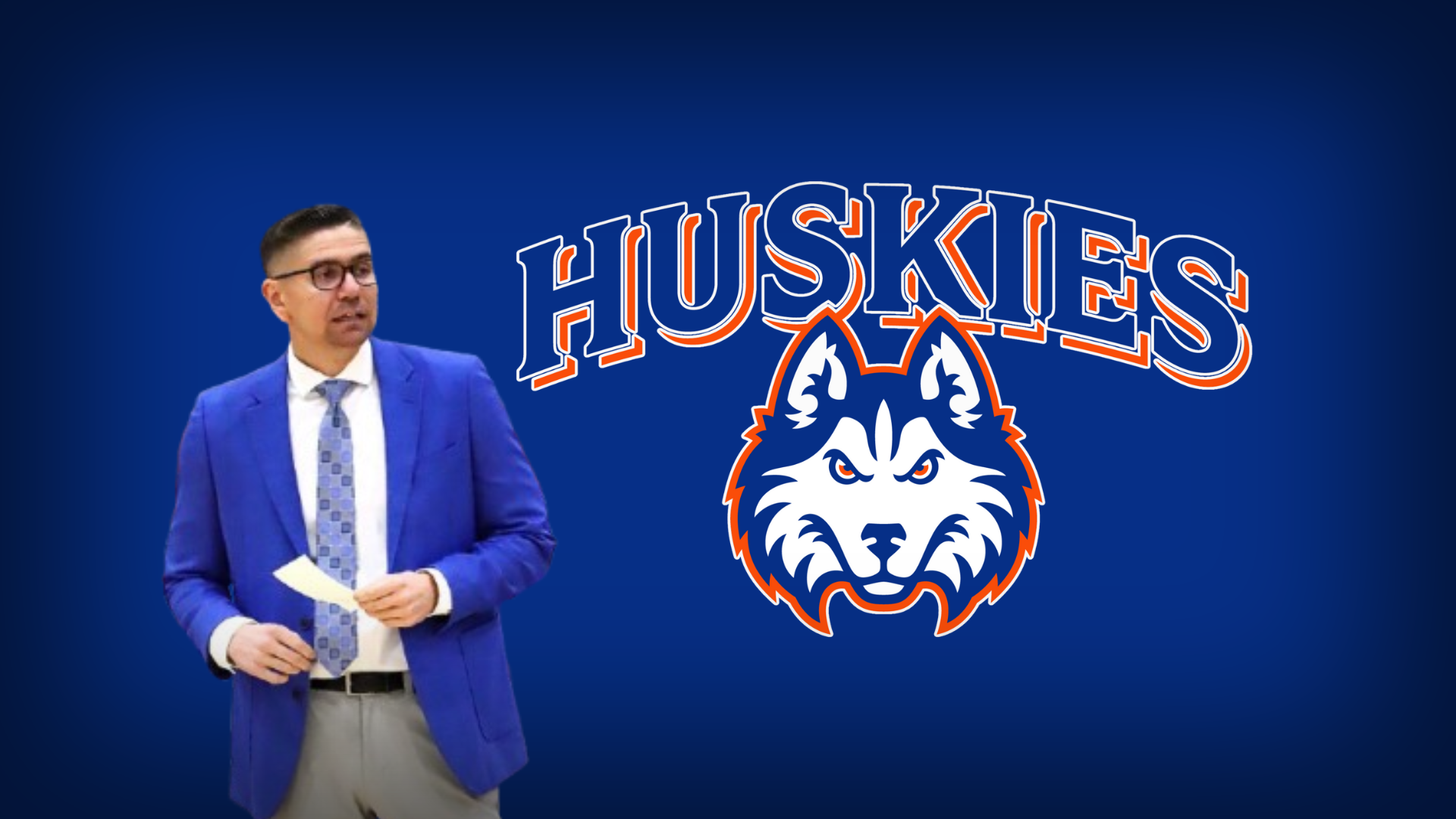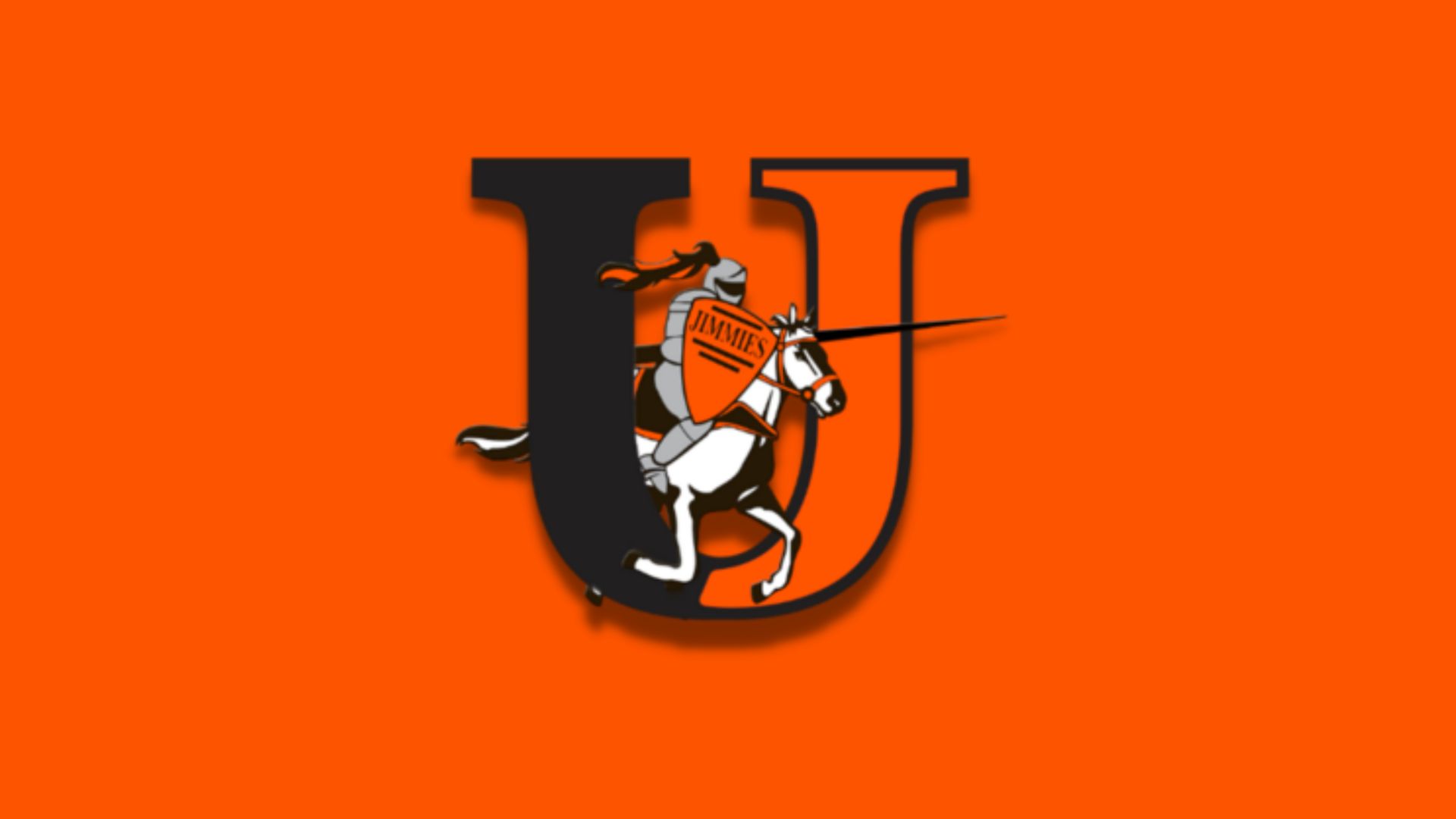
If you caught the 2018 Hall of Fame Classic last week, congratulations — you can now say you saw history in the making.
This year’s edition of the tournament, featuring Nebraska, Missouri State, USC and Texas Tech, represents the first time in NCAA history that D1 teams have access to advanced stats and analytics from the bench via an iPad Pro. The sports analytics revolution is already well underway, but last week marked a major milestone for the NCAA and basketball fans alike.
Whether you were in attendance at Kansas City’s Sprint Center, watching at home on ESPN, or following the action on your phone, the top-to-bottom impact was hard to miss.
Swapping clipboards for iPads, coaches used ShotTracker — the revolutionary sensor-based system that instantly delivers 70+ live stats and analytics via an easy-to-use app — to try and gain a competitive edge on their opponents.
THE HALL OF FAME CLASSIC: ROUND ONE
At halftime during the Nebraska-Missouri State game, Nebraska’s coaching staff noted that that the team had “19 possessions in the 1st half that were 2 passes or less, and we were only scoring 0.26 PPP,” recalled Director of Basketball Operations Gregory Eaton, referring to points per possession. “Anything with three or more passes, we were averaging 1.4 PPP. Coach [Tim] Miles walked in and drew that up on the board first thing.”
The Cornhuskers used that intel, along with ShotTracker’s live shot charts and zone maps, on their way to a decisive 85-62 victory in a 2nd half rout.
“Usually you have a feeling of what is going on,” Coach Miles said, “but when you have actual data to prove it, and it’s right there for everybody to see, I think it’s really, really helpful.”
The same can be said of ESPN’s broadcast team, Clay Matvick and Jon Sundvold, who powered their coverage with ShotTracker graphics to give fans added insight and enhance the viewing experience. The announcers could barely contain their excitement. As Matvick put it:
“ShotTracker gives you automatic feedback. I believe coaches will use it a lot. Analytics aren’t new, but now it’s at their fingertips. You wonder how soon they’ll be allowed to use it every game.”
At different times, you could see field goal percentages hovering above each player’s head or sidebar graphics that helped illustrate the game within the game. After overhearing Texas Tech head coach Chris Beard instructing his players to force USC’s Bennie Boatwright to his left, ESPN’s broadcast team strongly suspected that instant access to stats and analytics probably had something to do with it. They used Boatwright’s ShotTracker zone chart to connect the dots for fans, and to explain what differentiates the USC stand-out from most right-hand shooters. Here’s the clip:
Indeed, thanks to the ShotTracker Fan App, you didn’t even need to be inside the arena to feel like you were sitting courtside. Fans around the world could access ShotTracker’s live-streaming data, including a 3D gamecast view, right at their fingertips. Fans could also see which lineup combinations were performing best at any given time.
Isaac Copeland Jr. led the way for the Cornhuskers with 23 points, 7 rebounds and 4 assists — all stats that you can see in a traditional box score. But fans following along with the app saw deeper into his spectacular performance by accessing the precise spots on the court where he was making his shots.
After the game, each team received comprehensive ShotTracker scouting reports that included points per possession and shooting percentages based on specific possession types. These insights led to actionable intel that all four teams took into the championship round.
Texas Tech beat USC with a devastating half-court offense incorporating a lot of ball movement, which represented 94.8% of their total possessions.
The Red Raiders’ most effective possessions included a paint touch, where leading scorer Tariq Owens (18 points) did the greatest share of his damage to the Trojan defense.
With access to that same data, Nebraska Coach Tim Miles developed a defensive strategy geared towards protecting the rim for the title game. “Looking at where [Texas Tech] is trying to get their shots, certain guys’ heat maps,” Nebraska’s director of basketball operations Eaton said, “is something that’s very important on a game to game basis.
THE HALL OF FAME CLASSIC: ROUND TWO
In the consolation game, USC did a much better job of protecting the ball than they did against Texas Tech, limiting their turnovers from 17 the night before to just ten. But ultimately it was the Trojans’ devastating inside-outside game that vaulted them to a 99-80 drubbing of Missouri State, earning them a third place finish in the HOF Classic.
The Trojans drained 17 3-pointers — a Missouri State opponent record — at a 56% clip. With the Bears defense scrambling to keep Bennie Boatwright (4-6 3PT, 22 PTS), Jonah Matthews (5-9 3PT, 21 PTS) and Derryk Thornton (4-5 3PT, 12 PTS) honest from long-range, the lane became open, enabling the Trojans to rumble for another 32 points in the paint.
In the title game, Nebraska jumped out to a 15-6 lead before finding themselves on the wrong side of a 12-0 run. Coach Tim Miles’ Cornhuskers wound up doing an exceptional job of defending Round One standout Tariq Owens in the paint, holding him to just two field goals.
But with former Texas Tech quarterback and current Kansas City Chief Patrick Mahomes cheering on courtside, Tournament MVP Jarrett Culver (26 PTS) proved too hot to handle for Nebraska. Culver’s 3-pointer with 8 minutes left stretched his team’s lead to 13 — and the Red Raiders never looked back.
Tech held the Huskers to just 52 points on 35% from the field. Another big factor: straight up hustle. During the second half, ESPN commentator Jon Sundvold used ShotTracker to prove what the naked eye could see — the Red Raiders, especially Matt Mooney (15 PTS, 2 STLS), showed no let-up.
“This is how much each player has run,” he said, pointing out a ShotTracker stat that measures distance. “If you look at Mooney, he’s run 3 miles already….And he’s got the most of anyone. So what does that tell you? He’s looking to create his own shot. He’s active. Constant motion on the offensive end.”
With the HOF Classic title in hand, the Red Raiders are now 6-0 and charging full steam ahead in their quest to overcome the Big 12 conference favorite Kansas Jayhawks. But the bigger story was impossible to miss: The Hall of Fame Classic provided proof of concept that stats don’t lie and they’re here to stay. These may have been the first D1 games powered by ShotTracker, but if the feedback coaches gave at their press conferences are any indication, they certainly won’t be the last.
Texas Tech's @CoachBeardTTU weighs in on how @ShotTracker is changing the game at this year's @HOFClassic ! pic.twitter.com/r9zkV7dHl1
— ShotTracker (@ShotTracker) November 20, 2018
“They talked about this is the future — this is trend-setting,” ShotTracker COO Davyeon Ross told the Kansas City Business Journal. “Having the guardians of the game buy into what we’re doing has been very humbling and inspiring…[W]e think think this is going to open up the doors because we’ve showed people what can be done. We’re very excited about the opportunities.”






